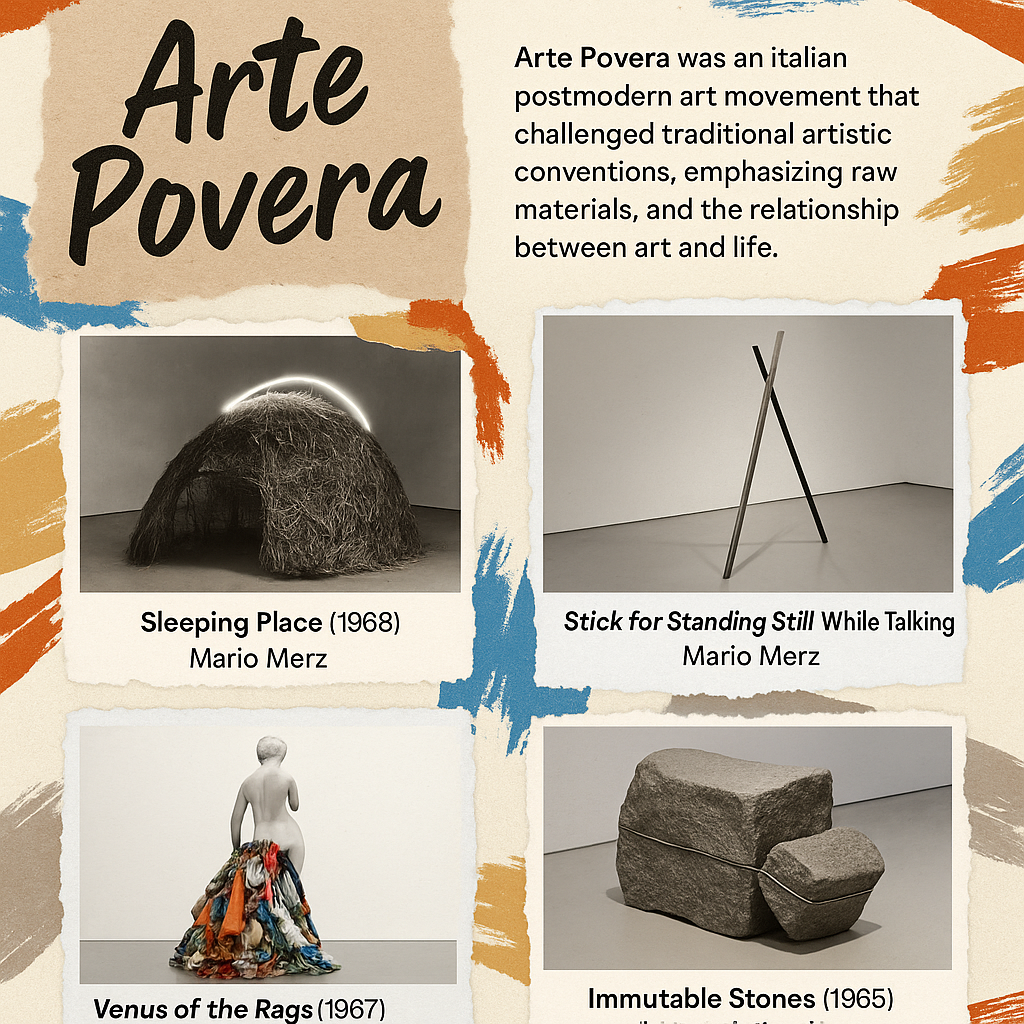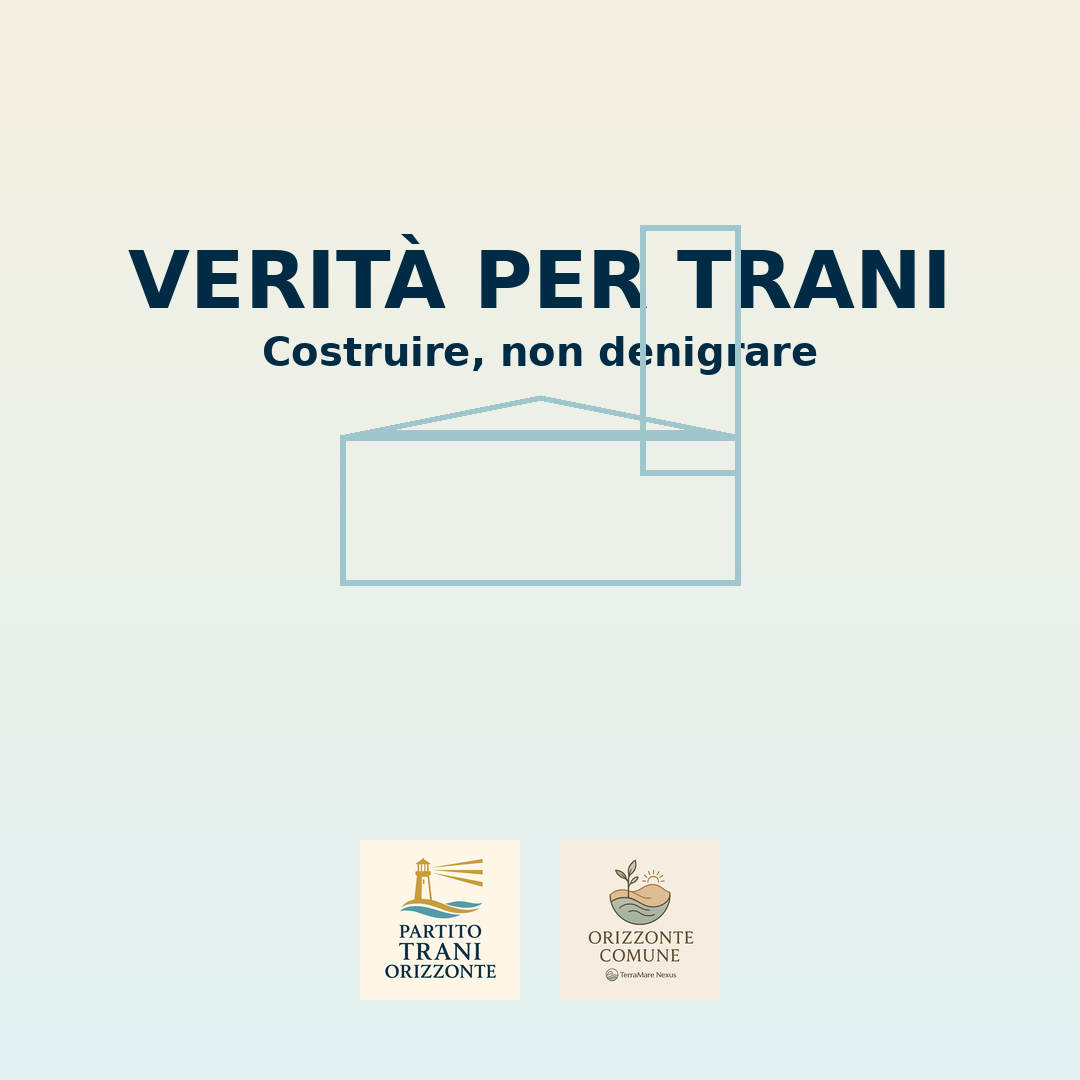
Arte is a Latin word that traces its roots to Ancient Greek tekhne, meaning “skill, craft, art.” Although it has been narrowly defined over time, the term continues to be used in ways that suggest a broad understanding of artistic creation. This reflects the broader concepts of skill and art that existed in the original etymology of the term.
The 1960s Arte Povera movement was a rethinking of the purpose of art and its relationship to the world in which it is created. The artists of this movement focused on using everyday materials and challenging the idea that art must be precious. They were interested in establishing a new sculptural language that would reflect the changing social landscape of Italy, and they sought to create works that could be appreciated without the context of a museum.
Artists embraced the challenge of exploring relationships between a piece of art and the viewer. Their work was intended to be experienced, and they often asked the viewer to interact with the pieces. Michelangelo Pistoletto’s sculpture Structure for Standing While Talking (1965-66), for example, invites interaction by asking the audience to balance themselves against a simple metal construction. Its rethinking of the relationship between art and the viewer is similar to the interest in subjectivity that characterizes many works in the Arte Povera movement.
Similarly, Mario Merz’s use of a light fixture in one of his huts comments on the role of technology in contemporary society. The contrast between the hut’s base material and the bright illumination suggests that the artist is critiquing the way technology disrupts the natural state of nature. This is a theme that was central to the political activism of Arte Povera.
A common theme among the Arte Povera artists was a desire to establish a new sculptural language based on everyday materials. They frequently juxtaposed the new and the old, and the industrial and the pre-industrial. These artists hoped to express a sense of the loss of traditional culture as modernization accelerated and overtook older, simpler traditions.
Arte Povera artists were also influenced by other movements of the same period, including Fluxus and Nouveau Realisme. They often combined easily accessible, everyday objects with mischievous subversions of their usual function. The critic Germano Celant, whose definition of the movement helped to shape the art world’s understanding of it, regularly placed Arte Povera in dialogue with these other movements.
Our definition of arte has evolved to include the interdisciplinary study of art, architecture, design and other media. Through a wide range of teaching strategies, our students learn to analyze a work of art by considering its cultural contexts, historical background and aesthetic qualities. They are encouraged to question the assumptions that shape a work of art’s identity, and they gain a deeper appreciation for the complex processes involved in the making of a piece of artwork. In our art history courses, we emphasize the ways in which the purpose and meaning of a piece of art change over time.



